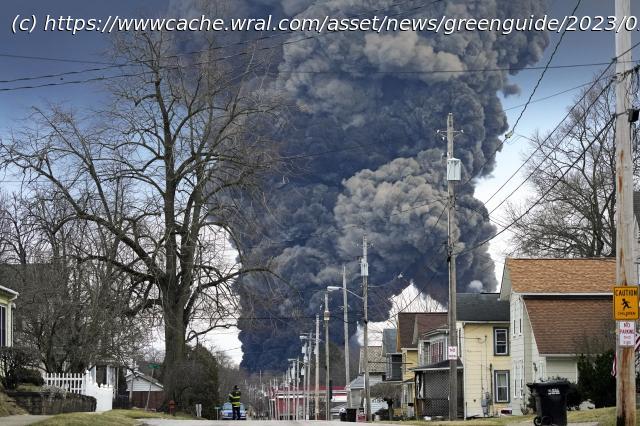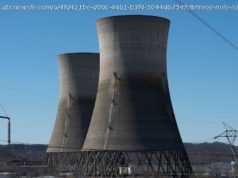After a catastrophic 38-train car derailment in East Palestine, Ohio, some officials are raising concerns about a type of toxic substance that tends to stay in the environment.
After a catastrophic 38-train car derailment in East Palestine, Ohio, some officials are raising concerns about a type of toxic substance that tends to stay in the environment.
Last week, Sherrod Brown and J.D. Vance, the U.S. senators from Ohio, sent a letter to the state’s environmental protection agency expressing concern that dioxins may have been released when some of the chemicals in the damaged railcars were deliberately burned for safety reasons. They joined residents of the small Midwestern town and environmentalists from around the U.S. calling for state and federal environmental agencies to test the soil around the site where the tanker cars tipped over.
A look at dioxins, their potential harms and whether they may have been created by burning the vinyl chloride that was on the Norfolk Southern train:
HIGHLY TOXIC, PERSISENT COMPOUNDS
Dioxins refer to a group of toxic chemical compounds that can persist in the environment for long periods of time, according to the World Health Organization.
They are created through combustion and attach to dust particles, which is how they begin to circulate through an ecosystem.
Residents near the burn could have been exposed to dioxins in the air that landed on their skin or were breathed into their lungs, said Frederick Guengerich, a toxicologist at Vanderbilt University.
Skin exposure to high concentrations can cause what’s known as chloracne — an intense skin inflammation, Guengerich said.
But the main pathway that dioxin gets into human bodies is not directly through something burning like the contents of the East Palestine tanker cars. It’s through consumption of meat, dairy, fish and shellfish that have become contaminated. That contamination takes time.
“That’s why it’s important for the authorities to investigate this site now,” said Ted Schettler, a physician with a public health degree who directs the Science and Environmental Health Network, a coalition of environmental organizations.






